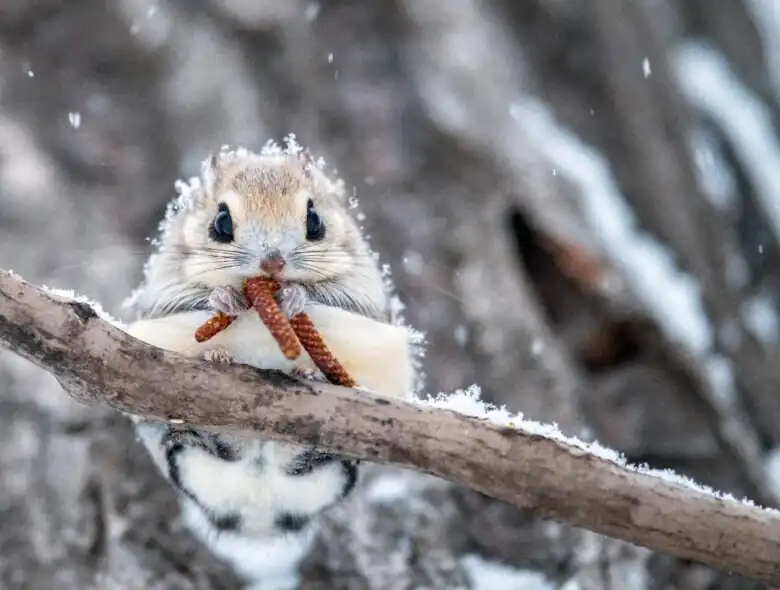Hokkaido, Japan’s northernmost island, is home to many native animals such as the Hokkaido red fox, Hokkaido sika deer, Japanese cranes, and whooper swans.
However, in this article, we will specifically focus on some cute land, air, and seabound creatures of Hokkaido that are sure to get you cooing while making anime-worthy heart eyes.
Pika
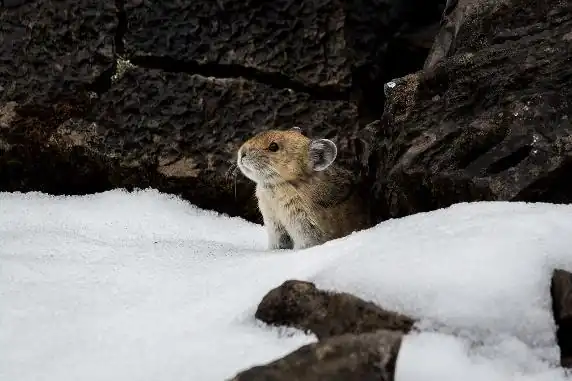
One very, very cute animal that can be found in Hokkaido is the pika. These small, short-legged, egg-shaped furry mammals are found in the Ural Mountains, Hokkaido, Mongolia, and parts of Russia.
Said to have inspired the Pokémon character, Pikachu, pikas, despite their small size and round ears are not rodents but the smallest representatives of the lagomorphs, a group represented by hares and rabbits.
There are around 29 species of pika, most of which have long, soft fur that ranges from grayish-brown, brown, to rusty red. Their feet in particular are densely furred to help them navigate their forested and rocky terrain, as well as keep them warm and dry. Most pikas weigh between 125 to 200 grams and are about 15cm in length.
In Hokkaido, the Japanese pika live in mountainous areas such as Daisetsu Mountain National Park where they moved to after the end of the Ice Age due to warmer climates.
Pikas are also known as “Relics of the Ice Age” because they have survived that long. They are also called “rock rabbits”.
Chipmunks
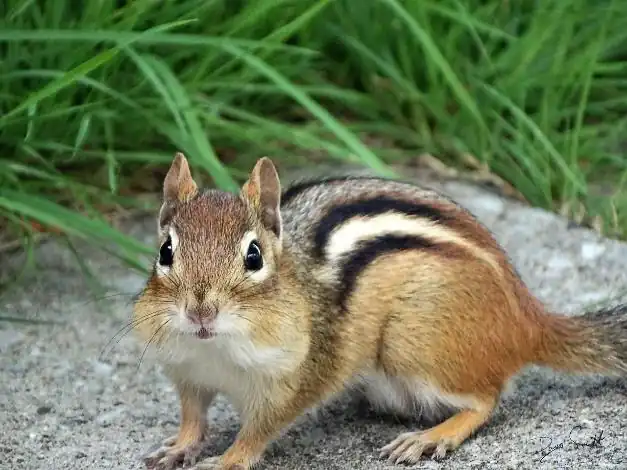
Like Alvin, Simon, and Theodore, the Ezo chipmunk is a species of chipmunk that is found throughout Hokkaido and its neighboring islands of Rebun, Rishiri, Teuri, Sakhalin, and Yagashiri. They are considered a subspecies of the Siberian chipmunk.
Its name, Ezo, derives from the Japanese term historically used to refer to the people and lands of the northeastern island of Japan called Honshu, and previously, the island of Hokkaido. In Japanese, Ezo means “the land of the barbarians”.
The Ezo chipmunk is about 15cm long, about the size of a mouse, and is characterized by 5 black stripes down its back and tail. They tend to be found in parks and forested areas as they build their burrows at the base of trees. They also hibernate in winter so are often frequently seen out and about foraging for food such as seeds, fruits, flowers, and leaves during the autumn months of September to October.
Flying Squirrel
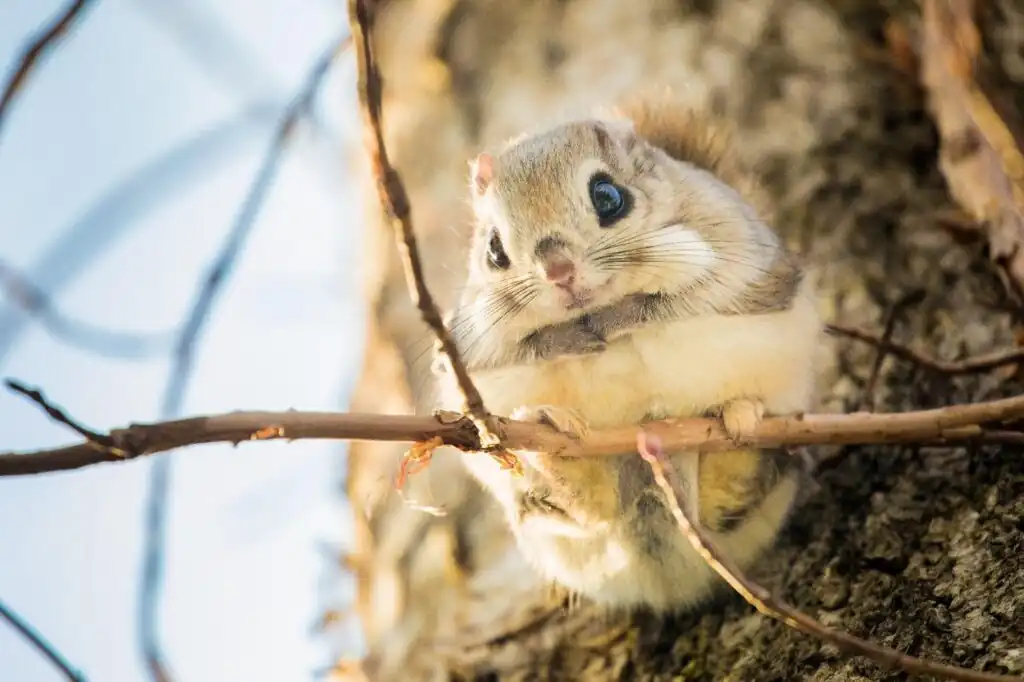
The Ezo flying squirrel, which is a subspecies of the Siberian flying squirrel is endemic to Hokkaido. According to Ainu legends, these squirrels or A-kamui were seen as deities and guardians of children.
Ezo flying squirrels are only found in Hokkaido and they are roughly 15 to 20cm in size, with males being slightly larger than their female counterparts. They are arboreal rodents with a white belly and a back and tail that changes color depending on the seasons – dark brown in summer and gray brown in winter. Their eyes are ringed with dark brown fur.
In general, the Ezo flying squirrel is nocturnal and usually only leaves their nest to forage for food multiple times a night. They typically emerge 15 to 20 minutes after dusk and retreat to their nests 20 to 25 minutes before dawn. While Ezo flying squirrels don’t hibernate, their foraging is usually reduced to once a day around daybreak during the winter months.
Long Tailed Tit
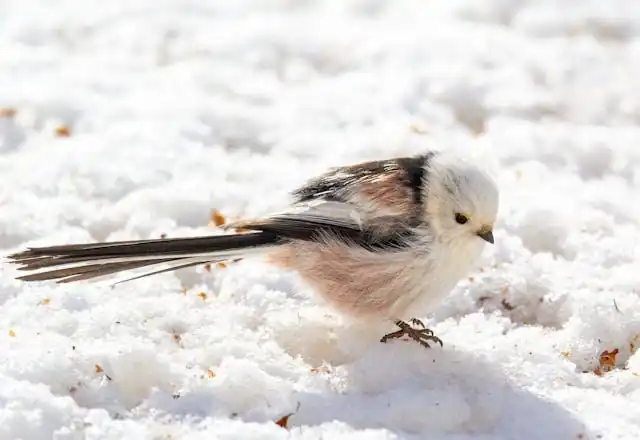
The Hokkaido long-tailed tit or Shima-enaga in Japanese is a subspecies of the long-tailed tits found on Honshu but unlike its mainland counterparts, the Hokkaido tits do not have thick black eyebrows, and are instead, completely white from head to tail.
Due to their ridiculous cuteness, pristine white appearance, and their penchant for flitting around in the snow with their feathers all puffed out to stay warm, these Hokkaido long-tailed tits have been given the nickname, “Snow Fairies”. They are also known as upas-cir by the indigenous people of Hokkaido, the Ainu, which means “snowbirds” due to their coloring. They are around 14cm long, tail included, and their natural habitats include the forest, mountains, and parks where they have easy access to their main diet of insects and tree sap.
Hokkaido long-tailed tits have been steadily gaining in popularity among both locals and tourists, having been given an image boost when they were featured in various Japanese anime and manga. Since then, they have been a popular birdlife that photographers and bird watchers seek out and are featured on a number of souvenir goods, toys, and stationery.
Sea Otter
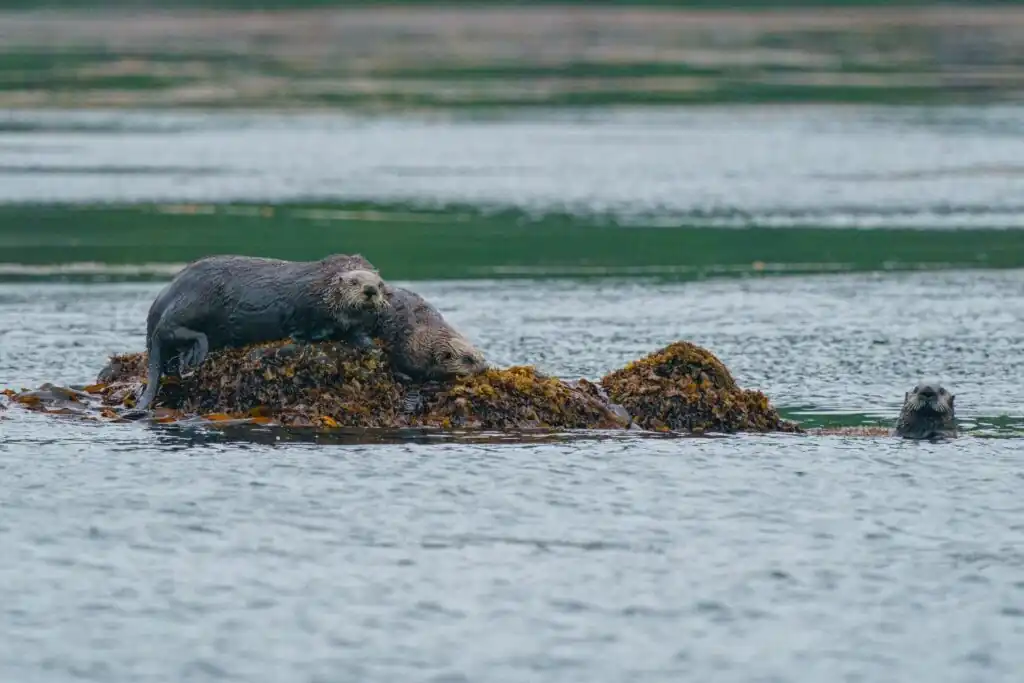
Wild sea otters native to Japan can only be found in the eastern part of Hokkaido, which are their breeding grounds. They are also found on the Commander and Kuril Islands of Russia.
Previously thought to be extinct by the early 20th century due to them being overhunted for their pelts, they were still breeding on the coast and near the islands close to Nemuro since the 1980s. Experts guess there are over 50 of these still endangered sea otters in the coastal areas from Nemuro to Kushiro town.
Those wanting to catch a glimpse of these creatures have to trek their way to the eastern coastlines of Hokkaido and nearby fishing ports (this may be easier if you live in Hokkaido). If living on Japan’s northernmost island sounds appealing to you, check out Village House, a real estate organization with over 1,000 properties across Japan’s 47 prefectures). June is a particularly popular time to try to spot these creatures as they are often accompanied by their pups lounging on their stomachs while their parents float on the water on their backs.
Related articles:
- Your Guide to Fukui Prefecture: 5 Must-See Travel Destinations
- Your Guide to Fukui Prefecture Part 2: Even More Must-See Destinations
- Top 5 Nature Spots You Need to Visit in Hokkaido in Summer
- Top 5 Cool Places to Visit in Japan to Escape the Summer Heat
- Exploring Kagawa – Japan’s Quiet Paradise of Art and Culture

Freelance writer with over 2 years of experience writing for the Village House Blog, ESL teacher, and digital nomad who has lived in countries including The Czech Republic, The UK, The U.A.E., Japan, and most recently, Georgia. Is constantly on the hunt for the best, most optimal apartment for remote work when not enjoying going to film festivals, concerts, and the theater.


